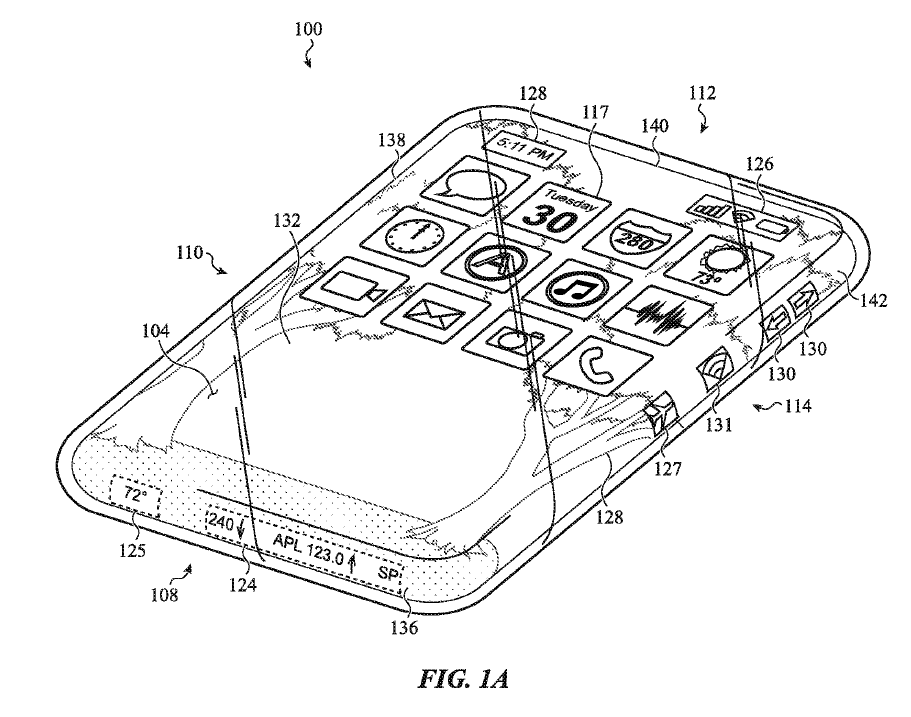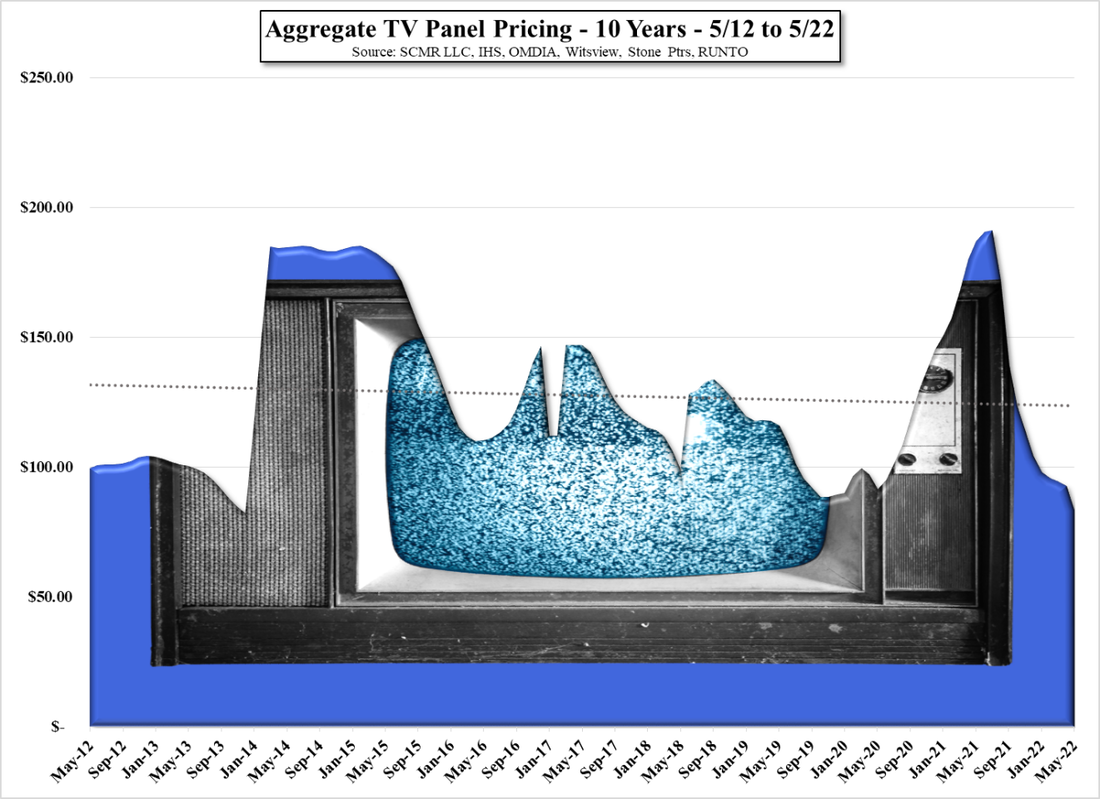Did Samsung ‘Steal’ an EUV Tool?
Currently Samsung has been scheduled to receive 18 such tools while TSM is to receive 22, leaving 11 for other customers, so the trip from Korea to the Netherlands is said to also have been made to secure another EUV tool from ASML to help Samsung grow a bit more than originally planned. Samsung purchased a 3% stake in ASML in 2012 for $280.8m, which is worth ~$3.4b today, but Intel (INTC) and TSM also own stakes in the company (15% and 5% respectively), so being a stakeholder in ASML likely had little influence. That said, a visit from the heir to the Samsung fortune and the company’s 2nd largest customer does hold some sway. Whether it was enough to grab another $150m tool remains to be seen, but we expect it was more whether ASML can up the total number of units it produces this year, as we expect all of the other 11 units to be produced were already on order from other customers.














 RSS Feed
RSS Feed